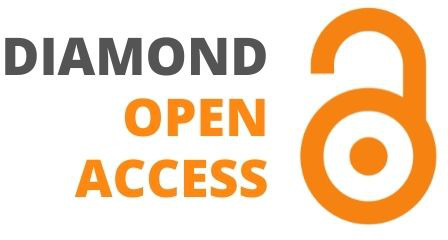Journal of Information Technology in Construction
ITcon Vol. 16, pg. 135-150, http://www.itcon.org/2011/9
Form fostering: A novel design approach for interacting with parametric models in the embodied virtuality
| published: | January 2011 | |
| editor(s): | Turk Z | |
| authors: | Flora D. Salim, Research Fellow, Spatial Information Architecture Laboratory (SIAL), RMIT University, Melbourne, Australia; flora.salim@rmit.edu.au; http://florasalim.com Hugo M. Mulder, Senior Engineer, Arup Advanced Technology + Research, Arup, London, United Kingdom; hugo.mulder@arup.com; Jane R. Burry, Research Fellow, Spatial Information Architecture Laboratory (SIAL), RMIT University, Melbourne, Australia; jane.burry@rmit.edu.au; http://www.sial.rmit.edu.au/People/jburry.php | |
| summary: | This paper investigates the assimilation of embodied virtuality with parametric modelling to inform various stages of architectural design. Embodied virtuality is a term introduced by Mark Weiser in 1991 to describe the era of ubiquitous computing. Traditionally, the data used as input to a parametric model needs to co-exist in the digital world, stored in an archive or file system of our computer. However, with the proliferation of sensor and mobile devices, data can now be found everywhere in the physical world and the boundaries between the physical and the digital has become blurred. There is a need to integrate the real world and the digital information space for designing parametric models. The assimilation of digital data from the physical world with the existing CAD tools will create a synergy between form finding and form making. This paper introduces the notion of form fostering, which stands in between physical form making and digital form finding. Form fostering takes various inputs from the physical world to inform a parametric model or to actuate a physical model in the built environment. We present early experiments of Form Fostering, which include the use of a Wii Remote, an Arduino processing board, servo actuators and a camera as haptic input and interaction devices. The potential benefits of designing in embodied virtuality are significant since designers can get real-time input from both the physical context and from interaction with the parametric model. | |
| keywords: | parametric design, flexible modelling, physical computing, embodied virtuality, ubiquitous computing, responsive architecture, Wii, Arduino | |
| full text: | (PDF file, 1.158 MB) | |
| citation: | Flora D Salim, Hugo M Mulder, Jane R Burry (2011). Form fostering: A novel design approach for interacting with parametric models in the embodied virtuality, ITcon Vol. 16, Special issue Use of Gaming Technology in Architecture, Engineering and Construction, pg. 135-150, https://www.itcon.org/2011/9 |





